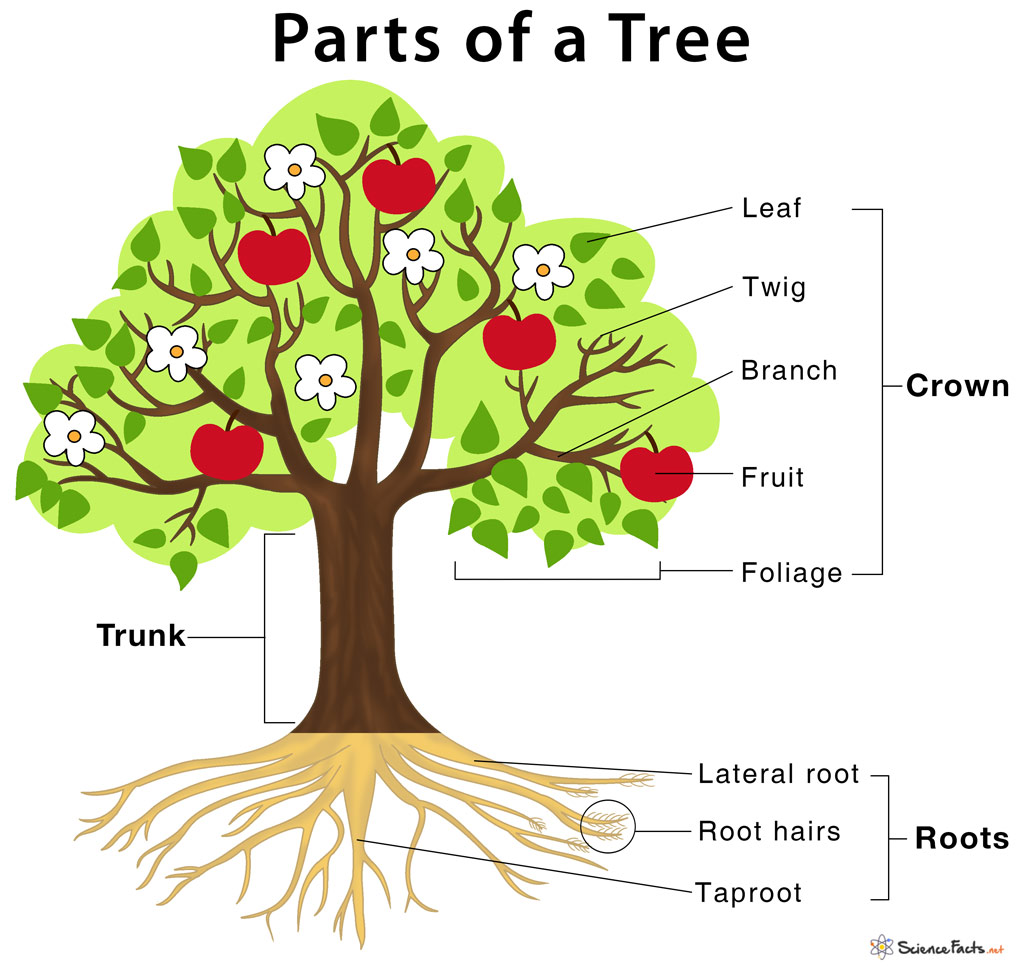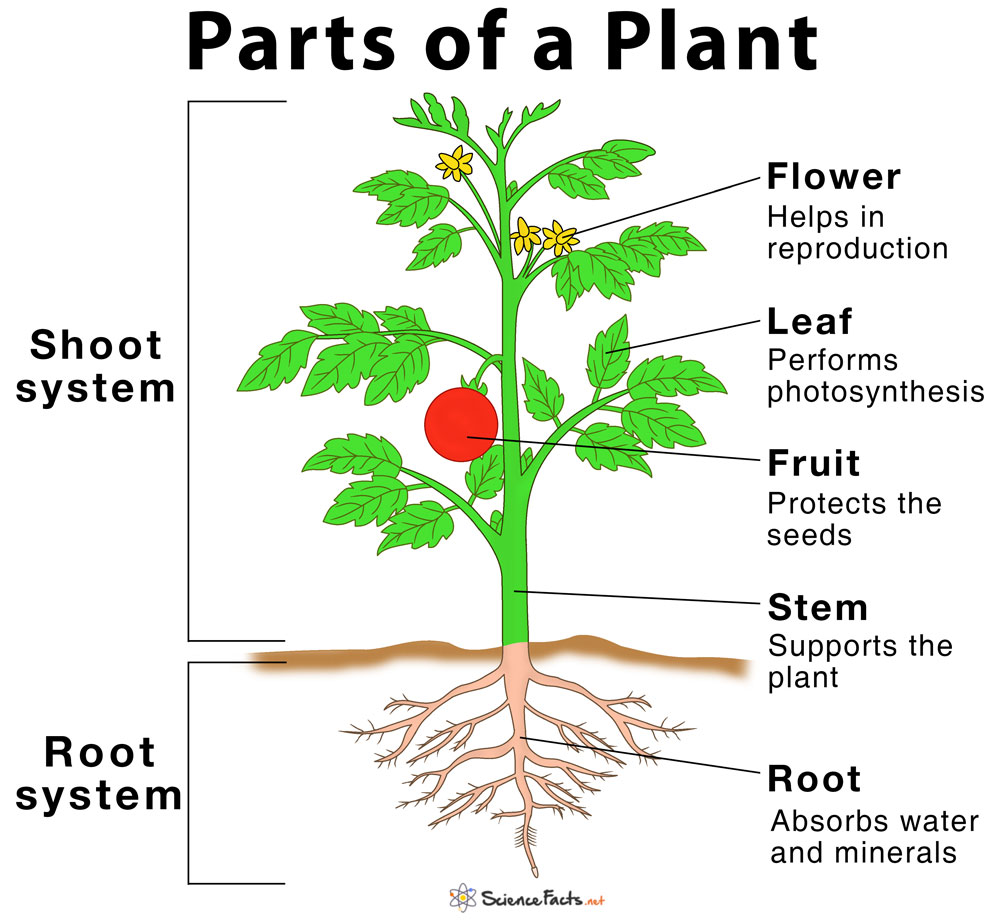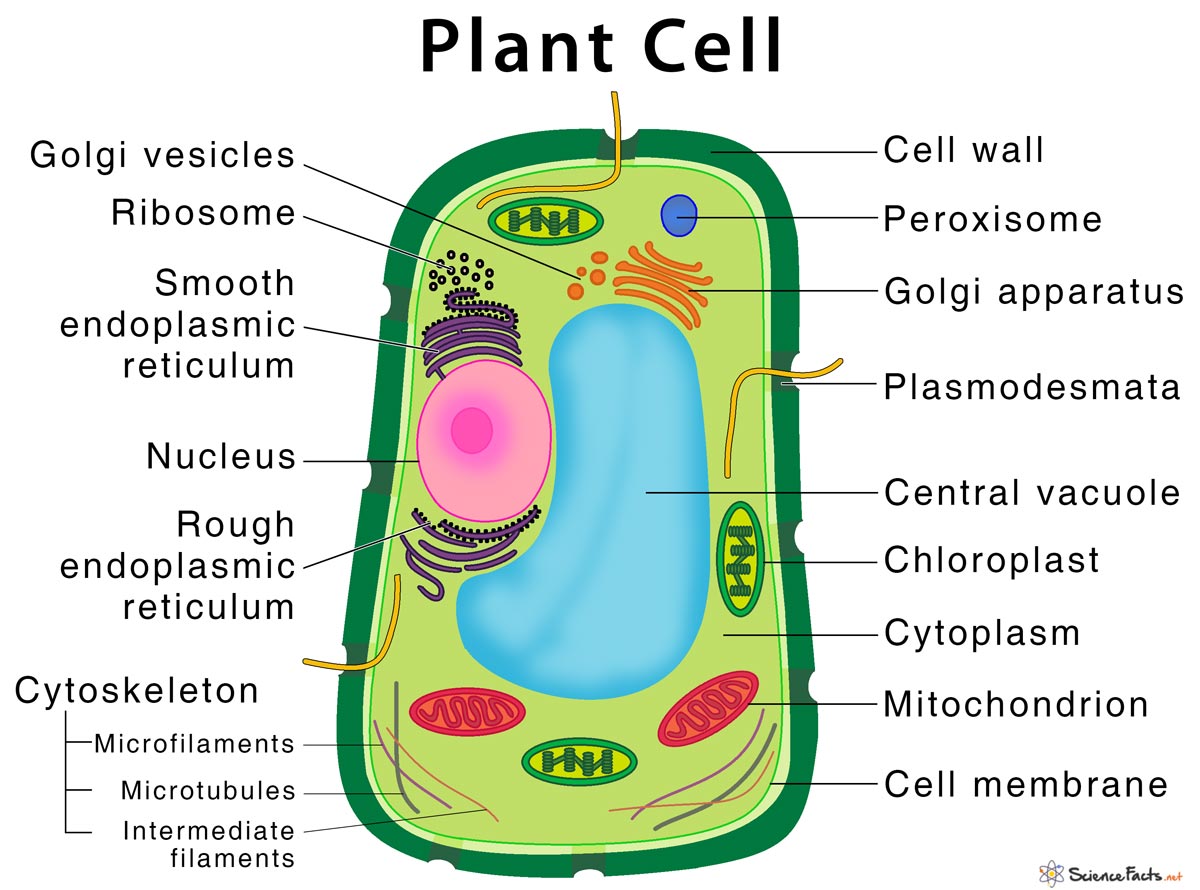Occluded Front
An occluded front forms when a warm air mass is trapped between two cold air masses. When the two cold air masses begin to converge at the center, the warm air starts to rise. This occurs because warm and cold air masses have different densities and do not mix easily.
How are Occluded Fronts Represented on Weather Maps
On weather maps, occluded fronts are depicted as a purple line. Along this line, alternating triangles, representing cold fronts, and semicircles, representing warm fronts, are drawn.
The triangles and semicircles point in the direction that the front is moving.
How Does an Occluded Front Form
The formation of an occluded front begins with the formation of low pressure when warm, moist air and cold, dense air converge. As a result, the cold front, being heavier and denser, moves faster than the warm front, allowing it to move forward quickly, ultimately overtaking the warm front. This induces the warm air to rise, which gives rise to stratus, nimbostratus, and sometimes cumulonimbus clouds.
The stratus and nimbostratus clouds bring steady precipitation, whereas cumulonimbus clouds result in thunderstorms or intense rainfall.
Types of Occluded Front
Occluded fronts are classified into two types based on the temperature differences between the air masses: cold occlusions and warm occlusions.
Cold Occlusions
A cold occlusion occurs when the cold air mass behind the cold front is colder and denser than the air mass ahead of the warm front. As the cold front overtakes the warm front, the cold air behind the cold front slides under the warm air. The lighter, warm air is forced upward, while the relatively cooler air ahead of the warm front is also lifted, resulting in cold occlusions. Cold occlusions are often associated with heavy precipitation, windy conditions, and a noticeable drop in temperature.
Warm Occlusions
A warm occlusion occurs when the cold air mass behind the cold front is warmer and less dense than the air mass ahead of the warm front. When the faster-moving cold front overtakes the warm front, the cold air behind the cold front is unable to push beneath the cooler, denser air ahead of the warm front. Instead, it rides over the cooler air, lifting the warm air even higher, resulting in warm occlusions. A warm occlusion is associated with lighter precipitation, extensive cloud cover, and no noticeable change in temperature.
What is the Weather Like During an Occluded Front
An occluded front is associated with varied weather patterns due to the interaction of three air masses: cold, cool, and warm.
Cloud Formation
As we know, occluded fronts are often associated with stratus, altostratus, or cirrostratus clouds. Stratus and nimbostratus clouds bring steady precipitation, whereas cumulonimbus clouds result in heavy rain accompanied by thunderstorms.
Precipitation
Occluded fronts are associated with variable precipitation; the intensity, however, depends on the weather conditions.
- A steady rise in warm, moist air results in persistent rain for an extended period.
- If the air is humid, rapid upliftment of air may cause heavy downpours accompanied by thunderstorms.
- In colder regions, the precipitation falls as snow.
Wind Patterns
The pressure gradient between the interacting air masses causes a noticeable change in wind behavior near an occluded front.
- Before the front passes, winds may blow from the southeast or east, bringing warmer and more humid air.
- As the front approaches, winds shift direction, becoming more variable and often increasing in intensity.
- After the front has passed, winds typically come from the northwest or west, bringing cooler and drier air.
Temperature Changes
As the front passes, it causes a noticeable change in temperature. In cold occlusions, the cold air behind the cold front is cooler than the cool air ahead of the warm front, resulting in a significant drop in temperature as the front passes. In warm occlusions, the cold air behind the front is warmer than the cool air ahead. This results in milder temperature changes, with a slight cooling effect after the front moves through.
Atmospheric Pressure
An occluded front develops when atmospheric pressure drops over an area. After the front passes, pressure begins to rise as the low-pressure system weakens and cooler, denser air takes its place.
How is an Occluded Front Different from a Cold Front
An occluded front is different from a cold front in its formation, structure, and weather they bring.
| Basis | Occluded Front | Cold Front |
|---|---|---|
| 1. Formation | It forms when a cold front overtakes a warm front in a low-pressure system. | It forms when a cold air mass moves into and displaces a warm air mass. |
| 2. Number of Air Masses | Three air masses: cold air, cool air, and warm air. | Two air masses: cold air and warm air. |
| 3. Precipitation | It brings prolonged precipitation accompanied by cloudy conditions. | It brings intense rainfall accompanied by short-lived thunderstorms. |
| 4. Temperature Change | Gradual cooling. | Sharp drop. |
| 5. Cloud Types | Stratus, nimbostratus, altostratus. | Cumulonimbus. |
| 6. Weather Map Symbol | Purple line with alternating triangles and semicircles. | The blue line with triangles. |
-
References
Article was last reviewed on Monday, January 13, 2025



